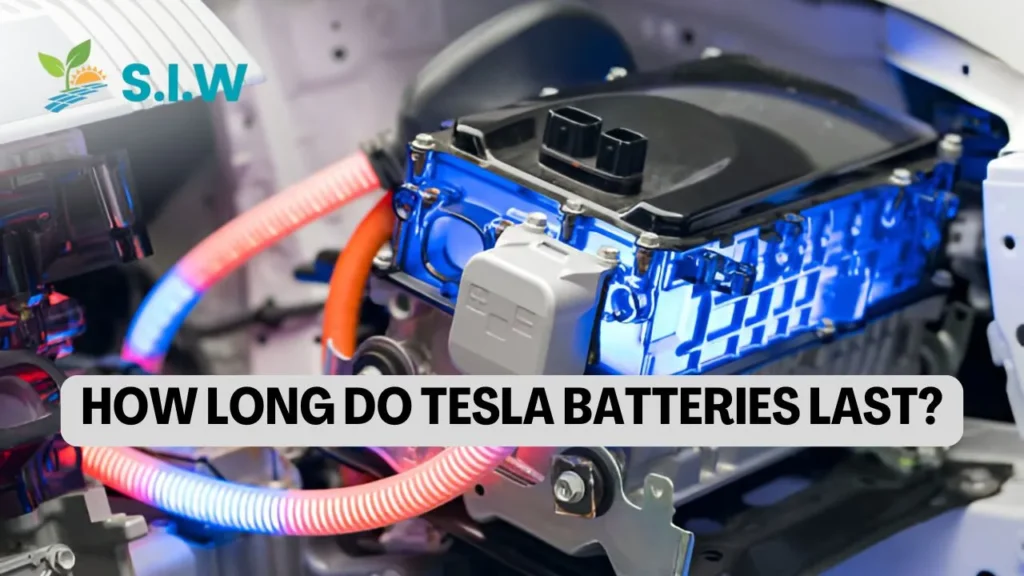When considering an electric vehicle (EV), one of the first questions that comes to mind is the longevity of the battery. Tesla, a leading name in the EV market, has made significant strides in battery technology. But how long do Tesla batteries actually last? This article delves into the lifespan of Tesla batteries, the factors affecting their longevity, and what Tesla owners can expect in terms of battery performance over time.
Understanding Tesla Battery Lifespan
Tesla batteries are designed to last for many years, and in most cases, they outlast the vehicle itself. The lifespan of a Tesla battery is typically measured in terms of miles driven rather than years. According to Tesla, their batteries can last between 300,000 to 500,000 miles before requiring significant replacement. This translates to about 20 to 25 years of use for the average driver.
However, it’s essential to note that battery degradation does occur over time. Degradation refers to the gradual loss of battery capacity, meaning the battery will hold less charge as it ages. Tesla batteries are engineered to retain 80-90% of their original capacity even after 200,000 miles of driving. This slow degradation ensures that Tesla owners can enjoy long-term use without significant loss in performance.
Factors Affecting Tesla Battery Longevity
Several factors influence the longevity of a Tesla battery, and understanding these can help owners maximize their battery’s lifespan.
1. Charging Habits
How you charge your Tesla battery significantly impacts its longevity. Regularly charging to 100% or allowing the battery to drop to 0% can accelerate degradation. Tesla recommends maintaining a charge level between 20% and 80% for daily driving. Charging to 100% should be reserved for long trips where maximum range is required.
2. Temperature and Climate
Extreme temperatures can also affect battery life. Tesla batteries are equipped with thermal management systems that regulate temperature, but frequent exposure to extreme heat or cold can still lead to faster degradation. Parking in shaded areas or using a garage can help mitigate this impact.
3. Driving Conditions
Frequent high-speed driving, aggressive acceleration, and heavy use of regenerative braking can contribute to battery wear. While Tesla vehicles are designed for performance, driving more conservatively can extend battery life.
4. Software Updates
Tesla frequently releases software updates that optimize battery performance and longevity. Keeping your vehicle’s software up-to-date ensures that you’re benefiting from the latest advancements in battery management.
Battery Replacement Costs
Eventually, a Tesla battery may need to be replaced, though this is unlikely to occur within the first decade of ownership. The cost to replace a Tesla battery can range from $12,000 to $20,000, depending on the model and labor costs. However, most Tesla owners will not need to worry about this for many years, as the batteries are built to last.
Tesla’s Battery Warranty
Tesla offers a robust battery warranty that provides peace of mind to its customers. For most models, the battery warranty covers 8 years or 150,000 miles, whichever comes first. The warranty also guarantees that the battery will retain at least 70% of its original capacity during the warranty period. If the battery degrades beyond this point, Tesla will replace or repair it at no cost to the owner.
Real-World Tesla Battery Performance
In real-world conditions, many Tesla owners report their batteries lasting well beyond the warranty period with minimal degradation. Some Tesla vehicles have surpassed 400,000 miles with their original batteries still functioning efficiently. This is a testament to the durability and advanced technology that Tesla incorporates into its battery systems.
Recycling and Sustainability
Tesla is also at the forefront of battery recycling and sustainability efforts. As batteries reach the end of their usable life, Tesla has developed processes to recycle battery components and reduce environmental impact. This not only conserves resources but also supports Tesla’s mission of sustainability.
Conclusion
The longevity of Tesla batteries is one of the many reasons why Tesla remains a leader in the electric vehicle industry. With an expected lifespan of 300,000 to 500,000 miles, minimal degradation, and a comprehensive warranty, Tesla batteries are designed for long-term use and reliability. By adopting good charging habits, driving conservatively, and keeping software up-to-date, Tesla owners can ensure their battery lasts as long as possible. And when the time finally comes for a replacement, Tesla’s ongoing commitment to sustainability ensures that old batteries are recycled responsibly.








